The global technological advancement is all about dumb physical things interacting and solving problems for ‘us,’ an intelligent species. The exciting world of ‘network of things’ or Internet of Things (IoT) is definitely good at sensing our needs and satisfying them.
Communication through radio frequency (RF), light and sound, and Bluetooth allows physical things to communicate with each other without wires, making the IoT a reality.
Radio frequency
RF communication is all about transmitting data through the various available radio frequencies. There are various technologies like Wi-Fi, Zigbee, SigFox and LoRa that communicate at different frequencies and cover a variety of distances. Wi-Fi is used for both short- and mid-range network communication, making it apt for both smart homes and industrial applications. On the other hand, LoRaWAN is the best suited for long-range communication requirements such as in Smart Cities.
Wi-Fi
This is the most commonly used communication standard, assigned as 802.11 by the Institute of Electrical and Electronics Engineers (IEEE). It operates in the 2.4-5GHz band. With the rollout of 5G network, Wi-Fi will play an even bigger role in wireless transmission.
Wi-Fi technology is promoted by the not-for-profit Wi-Fi Alliance. The alliance certifies products with Wi-Fi interoperability. Wi-Fi Alliance also owns the Wi-Fi trademark. However, it should not be the criteria to choose a product. A lot of products support Wi-Fi technology but aren’t certified due to the cost involved. Certification only increases the chances of interoperability.
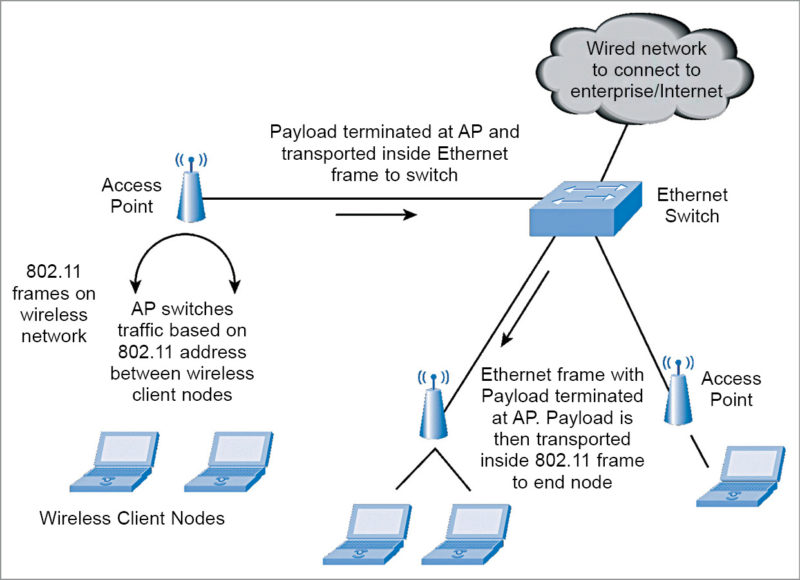
SigFox
In the IoT, the challenge lies in connecting multiple devices across distributed locations in a cost- and energy-efficient manner. Devices are expected to run on a single coin-cell for years without manual intervention.
Gaurav Sareen, country head – India, SigFox, explains, “Volume of data transmitted in M2M is much less than in a voice or video call. So, technology in cellular data becomes overkill for IoT applications. This is where communication networks like Sigfox come in. The transceiver sleeps most of the time and wakes up only to transmit data. Thus it saves a lot of power.”
SigFox can be used in a multitude of applications. Globally, Smart Cities are readily adopting this technology. SigFox is being greatly used in smart waste management, fire-hydrant control, streetlight control, air-quality monitoring and real-time water-level updates. It has a commercialised global network. For Sigfox subscribers no separate subscription is required when travelling across different countries in the network. A lot of ramifications happened downstream in this way.
Sareen says, “We were able to create standardisation for the IoT. Today, the biggest challenge in IoT ecosystem is a lot of fragmentation as there are many connectivity technologies and protocols being adopted. We are trying to drive the market towards standardisation so that device companies can provide you devices off-the-shelf or application companies can provide you applications off-the-shelf. In a business sense, in comparison to LoRA, we do not charge any licence fee. Today, if a device company wants to roll out devices like smart meters that will collect data and forward it to a central command centre over our network, it is not required to pay us any technology licence fee. This will encourage such companies to develop devices that connect immediately out of the shelf.”
ZigBee
ZigBee is a lightweight and flexible RF-based communication technology. Mostly used for industrial applications, it has been assigned standard 802.15.4 by IEEE. ZigBee works in the same bandwidth as Wi-Fi, that is 2.4GHz, but consumes less power and offers a high level of security through 128-bit encryption. However, it enables limited data exchange.
ZigBee-based sensor networks are widely used in multilevel parking monitoring systems, warehouse measurement and control systems, and various environmental monitoring systems. Sensors are spread over the area to transmit information, and the products required to communicate are tagged in the range for flawless data travel.
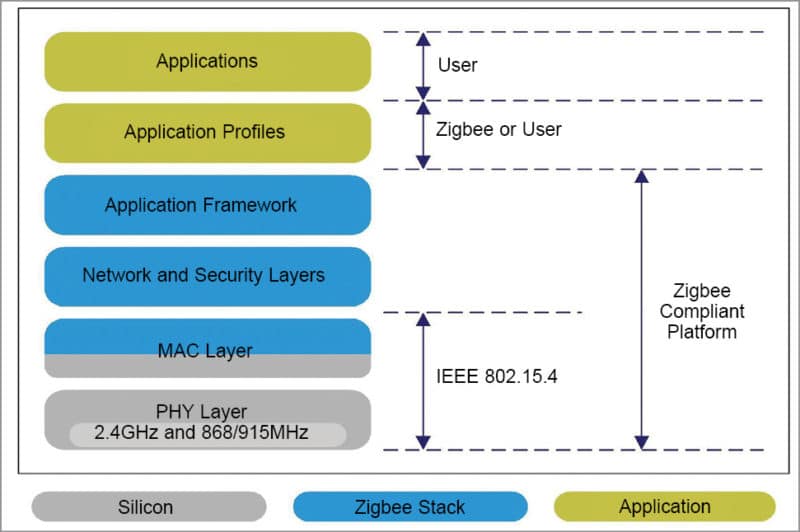
IoT communication through light
Various companies and products use light as a medium to transfer data between various IoT objects. Li-Fi, IR and laser are three of the most popular IoT communication technologies in this category.
Li-Fi
Similar to Wi-Fi, Li-Fi uses optical wireless communication technology. It utilises visible, infrared and ultrasonic spectrum to transfer data. Li-Fi finds applications in underwater remotely-operated vehicles (as light is a better medium to communicate under water than radio frequencies) and hospitals to communicate patient data (as light travels faster).
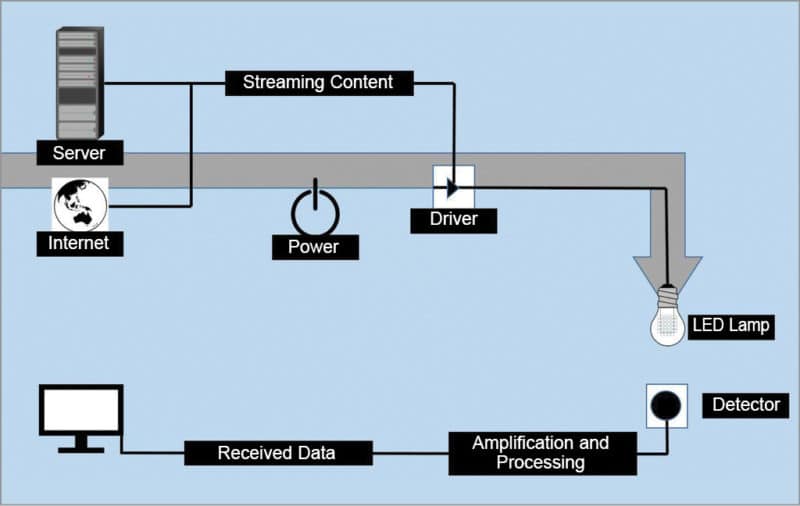
Infrared (IR)
Personal communication is best enjoyed with IR. Electromagnetic invisible light range allows data communication over a short distance. Devices used as the medium are personal computers and digital assistants.
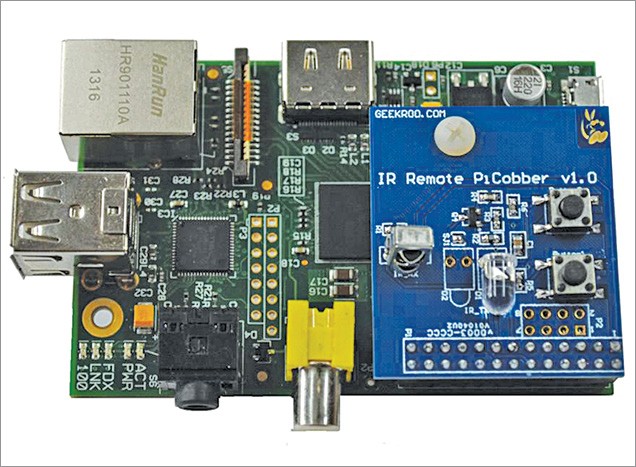
Bluetooth
Wireless headphones connect to your cellphone using Bluetooth technology. Assigned 802.15.1 standard by IEEE, Bluetooth is used in various personal and commercial devices. The fact that it can be used for small products like wireless headphones and smart watches makes it a favourite among tech-savvy individuals. Bluetooth Low Energy, a Bluetooth variant launched in 2011, consumes less power.
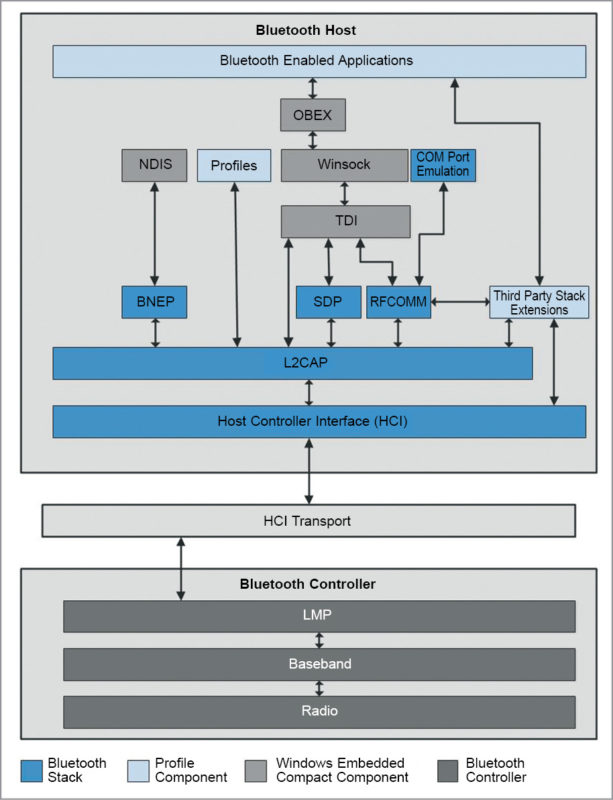
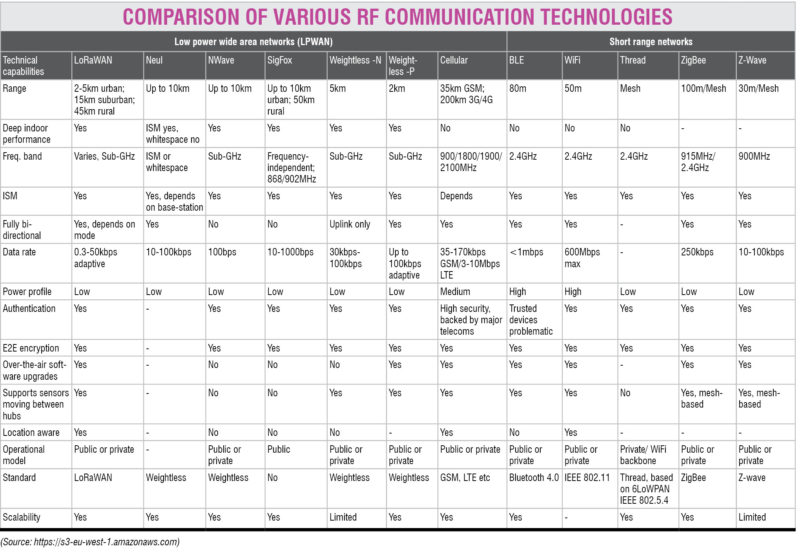
The road ahead
The IoT wave is unstoppable. At the same time, mass adoption of smart living calls for foolproof security. Informed consent for data sharing is important to ensure safety of consumer data.
The article was first published on electronicsforu.com









